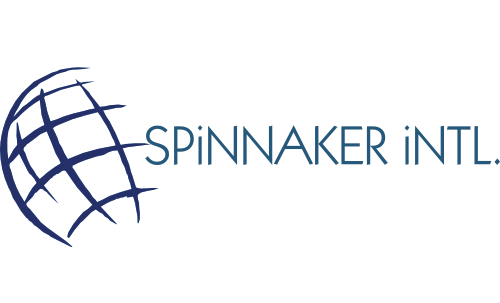Operations Consulting
Spinnaker International specializes in business performance improvement based on making process, organizational, and technological changes that, when properly implemented, lead to a state of operational excellence.
We have earned our reputation by rolling up our sleeves and working side-by-side with our clients to develop, improve and streamline their processes. Our core strengths are identifying and eliminating waste, reducing cost, increasing productivity and throughput, improving yields, and raising quality.
Our key focus areas are:
-
Strategy Execution and Governance
-
Business Process Improvement

Strategy Execution and Governance
Successful execution of corporate strategy requires that strategic plan governance be linked to the planning process and not considered as an afterthought. Strategic goals represent work that must be translated into well-planned and carefully coordinated programs. Accountabilities must be assigned, metrics defined and progress measured and managed.
Exceptional corporate strategic planning leads to exceptional strategy execution.
Aligning corporate strategy to operational execution is essential, yet most organizations fail to continue the planning effort beyond the corporate planning process. Strategic initiatives will ultimately impact the operational layers of the organization, so corporate strategy must be translated into operationalized working groups where the accountability structures are known and the timelines, resource needs and dependency relationships between programs are defined to the level where they can be easily managed. Failure to plan appropriately with this type of precision leads to strategy misalignment, mission drift and execution failures.
Spinnaker International provides our clients with:
-
Linkages to corporate strategy and organization protocols.
-
Powerful tools to facilitate the creation of organizational structures that empower informed employees with the latitude to make line-level decisions.
-
Tasks that allow the execution team to clearly and easily define the roles, responsibilities, and authorities for delivering desired outcomes.
-
Communication plans that target the right messages to the right people in the organization at the time that they need to receive the message.
-
A systematic foundation for the evaluation and timing of activities.
-
Tools and techniques to visually, in real time, identify, isolate and correct execution issues

Business Process Improvement
Having the right strategy is critical to the success of any business. However, strategy without effective execution amounts to little more than making a prayer and hoping for a miracle. Nothing is more critical to sound execution than effective, efficient business processes that holistically align to the overall strategy. Weak business processes waste time and money, and almost always have a negative impact on product or service quality.
Business processes, by definition, cut across functional and organizational boundaries. Accordingly, effective business process analysis and improvement is best undertaken through the involvement of cross-functional teams of individuals who actually have first-hand information about the process.
Spinnaker International's consultants have years of experience in chartering and working with business process improvement teams and can provide the kind of project design support, facilitation, process-analysis tools, practices and training that will ensure the success of business process improvement and re-engineering programs. Our proven methodology takes a pragmatic approach to solving our client's most complex issues.
Our process improvement teams:
-
Identify what is important to our client's business
-
Identify associated critical business processes
-
Prioritize key processes
-
Involve those who work in the organization to:
-
distinguish clearly between how clients think a given process works (perception) and how it actually works in operations (reality) – this constitutes the “Current” process.
-
analyze the process for waste, inefficiencies, wait times, quality
-
redesign or re-engineer the process to reflect best-practices – this constitutes the “Future” process.
-
-
Manage change within the organization
-
Implement process improvements identified
-
Monitor re-designed process performance to ensure success
